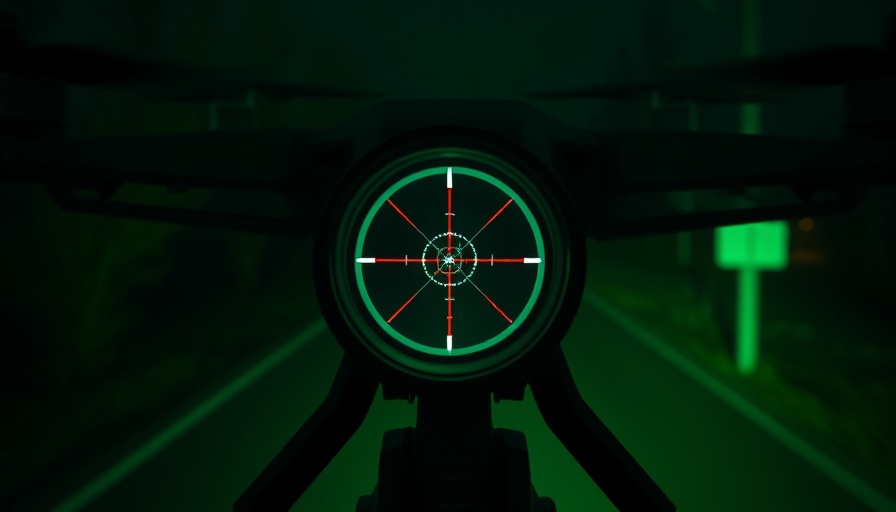
Combatting Iranian Drones: A New Frontier for Israel
In a landscape where aerial threats are evolving rapidly, Israel’s reliance on advanced military technologies is showing remarkable adaptability, particularly concerning the Iranian drone threat. Recent footage captured Israeli AH-64 Apache helicopters intercepting and neutralizing Iranian drones—an imperative move for the protection of Israel's civilian populace. These encounters not only highlight the resilience of Israel's military capabilities but also underscore a critical strategic pivot in aerial defense.
The Challenges of Drone Warfare
Iran has increasingly deployed drones, which often manage to breach Israel's sophisticated multi-layered air defense system. Israel’s defense includes the renowned Iron Dome, which proved effective during previous conflicts. For instance, in a 2024 attack, around 99% of incoming threats were intercepted. However, this comes at a significant financial cost, as interceptors, even for less formidable drones, can be prohibitively expensive.
Lessons from Global Conflicts
Drawing parallels with the ongoing conflict in Ukraine, the strategic use of thousands of Iranian-made drones has posed similar challenges to air defense systems. Adopting a model that leverages lower-cost solutions to neutralize drones may become increasingly essential. Ukraine has successfully integrated mobile air defense units brimming with machine guns optimized for targeting drones, a strategy Israel may well consider as it refines its defensive measures against lower-cost aerial threats.
Preparing for the Future of Aerial Encounters
The engagement of Israeli helicopters with Iranian drones may usher in a new era of combat tactics, blending traditional military might with innovative defense mechanisms. This adaptation will be critical not just for Israel’s national security but could also present valuable insights for militaries worldwide grappling with similar aerial threats. In summary, as drone warfare evolves, so too must the strategies to counteract it. By investing in diverse anti-drone technologies and considering historical lessons from global conflicts, Israel could set a precedent for how future aerial engagements are approached.
In these uncertain times, staying informed about advancements in aerial defense systems and their implications on regional security is more vital than ever. Understanding how countries like Israel tackle such challenges can better prepare the global community for the complexities of modern warfare.
 Add Row
Add Row  Add
Add 




Write A Comment